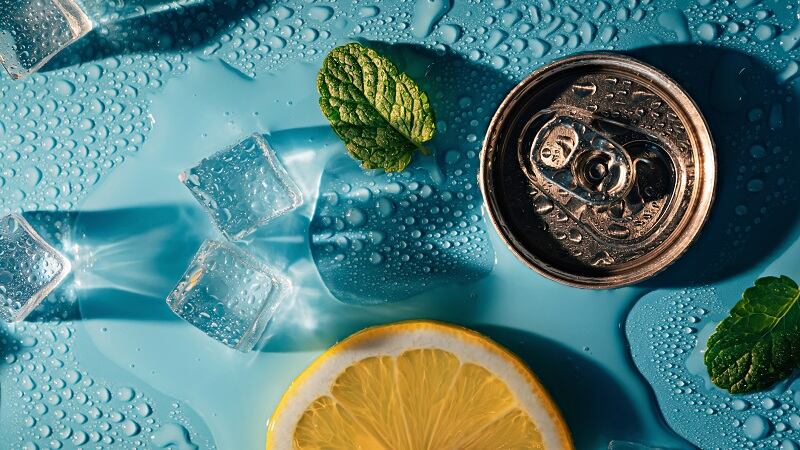Stressed and anxious Gen Z consumers are turning to functional foods and beverages to boost their mental health and wellbeing as the demand for nutrient-dense and clean label products grows across generations, market research firm NIQ shared in a recent webinar on wellness trends.
Jonathan Haidt’s book “The Anxious Generation,” ─ which argues social media and a consistent online childhood are producing negative physical and mental health outcomes in children and young adults ─ is spurring greater conversations around health and wellness in young consumers, noted Sherry Frey, VP of total wellness for NIQ.
Nearly a quarter (22%) of households report dealing with depression or anxiety, according to NIQ’s 2024 Health Shopper Survey. A separate Deloitte survey of more than 14,400 Gen Z and more than 8,300 Millennials found that “40% of Gen Zs and 35% of Millennials say they feel stressed all or most of the time.”
Gen Z consumers are seeking foods and beverages to combat stress and promote brain, eye, immune and gut health, Frey explained. They also care about animal welfare and sustainability claims, NIQ reported.
Younger shoppers are turning towards “alternative medicines” and traditional Chinese medicine, spurring demand for a range of functional ingredients, she added.
Ashwagandha ─ known for its mood-boosting benefits ─ generated $300 million in sales for the year ending on April 20, 2024, growing at a 37% CAGR over the last four years.
Ashwagandha remains a popular functional ingredient and can be found in products like mood-calming beverage brand Trip and snack bar brands like Mood Bars.
GLP-1s spur demand for fiber and nutrient-dense foods
Product claims and attributes associated with GLP-1 drugs like Ozempic and WeGovy are also growing in popularity. For instance, foods that are excellent sources of protein, contain 7.50-10 grams of fiber per serving and are nutrient-dense continue to gain ground, growing 7%, 13% and 5%, respectively, for the year ending Nov. 30, according to NIQ.
Over the last several years, CPG leaders like Nestlé entered the GLP-1 support market with its Vital Pursuits line, which recently expanded into pizza. Additionally, gut-friendly and GLP-1 support snack and supplement startup Supergut continued its growth in 2024 first expanding into GNC and then Target.

Positive Nutrition Summit explores weight management
What eating patterns and health claims resonate with consumers? Today's niche diets, social media blips and Internet searches could reveal tomorrow's must-have functional ingredients or influential diets. We will take a look at evolving eating patterns and the return of weight-loss culture.
Join FoodNavigator-USA at 10 AM CST on Jan. 29 for discussions on the state of weight management. Click here to view the agenda and here to register for free.
Consumers on a GLP-1 prescription for weight loss tend to spend more in store at the start of the drug before spending drops off later in the treatment.
GLP-1 households increased spending at stores (including categories beyond food and beverage) by 15.6% for the first three months compared to the prior 13 weeks. Then, spending slowed to 3.5% and 4.5% for the 4-6-month and 7-11-month range, respectively, compared to the same timeframe a year ago.
Ultra-processed foods dip amid health concerns
Regulations from California’s crackdown on ultra-processed foods to the FDA rescinding its authorization of Red No. 3 are also influencing how consumers shop, Frey noted.
As demand for clean label and minimally processed products rises, ultra-processed units dipped 1% for the year ending Nov. 30, and 2.4% over the last four years, according to NIQ data.
Also, the debate over seed oils is fueling demand for lard and butter, which grew 9% and 5%, respectively, for the last five months of 2024, according to NIQ data.
Some consumers are pushing back on various seed oils because of how they are produced and their perceived unhealthy attributes. Wellness and diet personalities like Mark Sisson and Paul Saladino — who appeared on the controversial but widely listened to Joe Rogan podcast — advocate for seed oil-free diets.
In a release last year, the American Heart Association said, “There is no reason to avoid seed oils,” as the oils contain high levels of omega-6 fatty acids.





